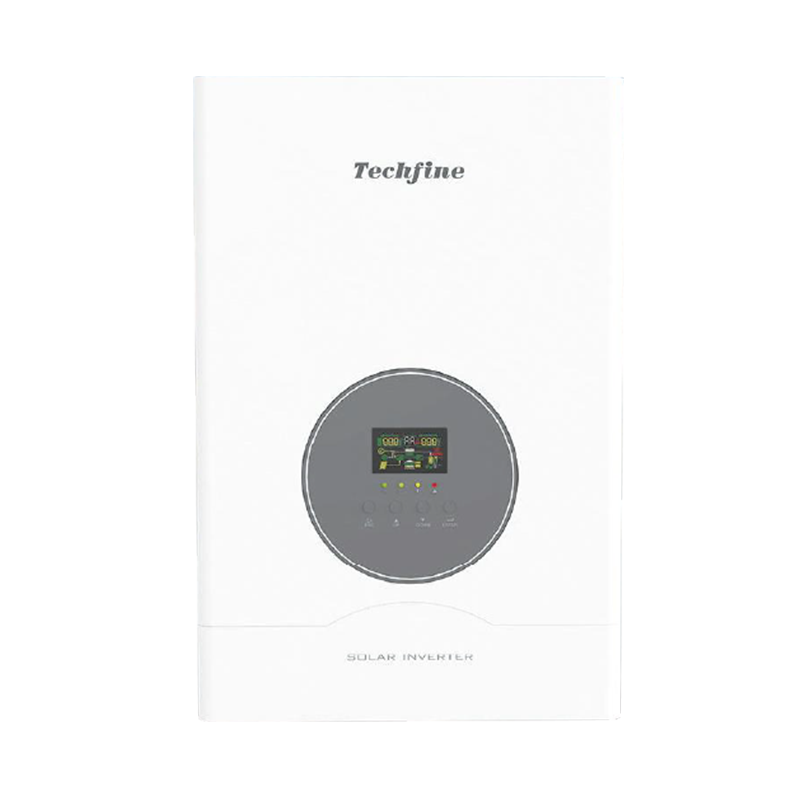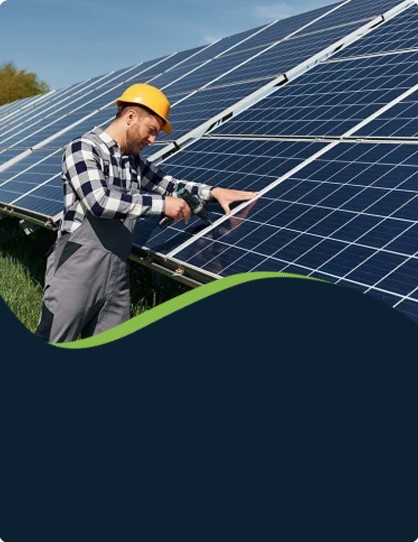
-
[email protected]

-
Building 1, No. 21 Shengfa Road, Lucheng District, Wenzhou, Zhejiang, China



Grid Hybrid Solar Power Inverters are designed to seamlessly integrate solar power generation with the electrical grid. These inverters are equipped with advanced energy management systems that allow them to draw power from the grid when solar energy production is insufficient and feed excess solar energy back into the grid when production exceeds local consumption. This dual functionality enhances energy efficiency and reliability. For instance, during peak sunlight hours, a grid hybrid inverter can store surplus solar energy in batteries while also supplying power to the connected electrical system.

When solar energy production wanes, such as during cloudy periods or at night, the inverter can switch to grid power, ensuring a continuous and stable electricity supply. This flexibility makes grid hybrid inverters ideal for residential and commercial applications where consistent power availability is paramount.
High Voltage Hybrid Inverters, on the other hand, are engineered to handle higher voltage levels, which can significantly improve energy transmission efficiency over long distances. These inverters are particularly useful in large-scale solar installations where solar panels are connected in series to generate high voltage DC power. By converting this high voltage DC power directly to AC power, high voltage hybrid inverters small energy losses that typically occur during voltage transformation and transmission.
Additionally, these inverters often incorporate features such as big power point tracking (MPPT) to optimize the power output from solar panels under varying environmental conditions. This ensures that the solar panels operate at their peak efficiency, big the overall energy yield. High voltage hybrid inverters are commonly used in utility-scale solar farms and industrial applications where large amounts of electricity need to be transmitted efficiently to distant locations.
High Voltage Solar Inverters focus primarily on the conversion of high voltage DC power generated by solar panels to usable AC power. Unlike hybrid inverters, which have the capability to interact with multiple energy sources, high voltage solar inverters are dedicated to solar power conversion. They are designed to handle the specific challenges associated with high voltage DC input, such as ensuring electrical safety and maintaining high conversion efficiency. These inverters often come with advanced cooling systems to dissipate the heat generated during the conversion process, especially when operating at high power levels.
High voltage solar inverters are well-suited for large solar installations where the emphasis is on big the efficiency of solar power conversion and small the cost per watt of electricity generated. They are typically found in solar power plants and large commercial solar arrays where the primary goal is to generate a substantial amount of electricity from solar energy.
While all three types of inverters share the common objective of converting solar energy into usable electricity, their specific designs and functionalities cater to different needs. Grid Hybrid Solar Power Inverters excel in providing a reliable and flexible power supply by integrating solar energy with the grid. High Voltage Hybrid Inverters optimize energy transmission efficiency in large-scale installations, making them suitable for applications where long-distance power delivery is required. High Voltage Solar Inverters, with their focus on efficient solar power conversion, are ideal for big the output of large solar arrays.
As the demand for renewable energy continues to grow, the development of these inverter technologies will play a crucial role in shaping the future of solar power. Each type of inverter brings its unique set of advantages to the table, and understanding their differences is essential for selecting the right solution to meet specific energy needs.
Your email address will not be published. Required field are marked*
